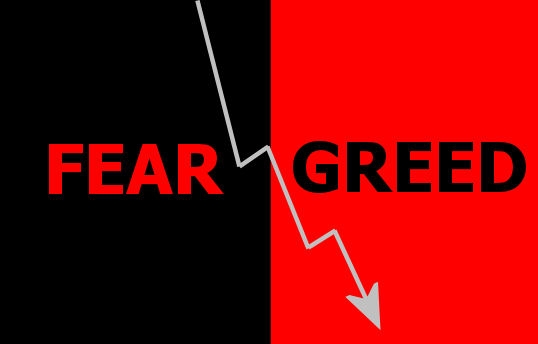The economy looks ugly, and the stock market seems poised to fall off a cliff. My suggestion: Cheer up. For most of you, a bear market is a blessing, not a bane.
I’m not kidding. If you’re retired and you live off of your investments, a bear market is really bad news. That’s why retirees should have enough in bonds and cash to support themselves through stock-market downturns.
But most of us don’t need to dip into our investments to pay the bills for years to come. And if you fit into that category — someone who is still accumulating money for retirement, to pay for your kid’s college education or for any other goal — a bear market can work wonders for your wealth.
Take the 2000-2002 US bear market. As measured by the broad-based Dow Jones Wilshire 5000 stock index, the market plunged a harrowing 44%. It was a nightmare for retirees. But for those of us still working, it was an opportunity to buy more stocks at cheaper prices. The more you bought while stocks were plunging the better you ultimately did.
The best way to invest during bear markets is to put in a little bit every month. It’s also the most emotionally easy way to invest anytime: You invest a fixed amount, say $1,000 from your paycheck, in the stock market every month regardless of how bleak the headlines are. The technique is known as dollar-cost averaging.
Now suppose you started your investment program on March 1, 2000, just weeks before the start of the bear market, and continued every month for 32 months until October 1, 2002, the month the bear market finally ended. By October 31, 2002, the $32,000 you invested would have shrunk to $24,451, according to Morningstar, a decline of 24%.
Stocks rebounded sharply from their lows. For the entire 92-month stretch from March 1, 2000, through October 31, 2007, the Wilshire 5000 returned more than 30% on a cumulative basis (or 3.5% annualized), Morningstar reports. If you had plunked $92,000 into the Wilshire 5000 on March 1, 2000, it would have grown to $120,000.
Supposed you had invested $1,000 a month over the entire 92-month span? Your regular investments would have increased in value to a total of $136,020 — a gain of 48% (6.5% annualized).
Investing a little every month doesn’t work all the time, of course. If the market is in a long-term uptrend, it’s best to have every dime invested as long as possible. But in bear markets — and in volatile markets — regular monthly investing works like magic.
What to expect in a bear. Living through a bear market is not fun. Since 1926, the average bear market — typically defined as a drop of 20% or more — has lasted 1.3 years. As measured by Standard & Poor’s 500-stock index, stocks have plummeted an average of 33.5% during those bear markets, according to Jim Stack, president of InvesTech Research, in Whitefish, Mont. And that excludes the 86% decline from 1929 to 1932 that ushered in the Great Depression.
If you have the bad luck to invest precisely on the day of the market’s peak, how long does it take to get even? On average, excluding 1929, it has taken 3.3 years after a bull market’s peak to get your money back, Stack reports.
None of these returns includes dividends. Given that dividends account for a big part of stock market gains — more in the past than currently — the bear markets would be shorter and less painful were dividends included.
Since the 1930s, all but two bear markets have been significantly milder than the average — with losses generally averaging between 20% and 30% or so and breakeven points of only two years or so.
The exceptions: 1973-74, when the S&P 500 fell 47% and took more than seven years to recover, and 2000-2002, when the S&P fell almost precisely the same amount and again took more than seven years to recover.
My sense is that these horrific bear markets, including the Great Depression, are once-in-a-generation events, and we’ve had ours for this generation. The exceptionally ugly bear markets start when markets are wildly overpriced — not, as is the case now, when stocks are trading at reasonable prices in relation to corporate sales, earnings and assets.
But you should always be prepared for a bear market. And if you’re planning on spending your money in the next year or two, none of it should be in stocks. But longer-term investors should relax and enjoy bear markets — as much you can. They really are good for you bottom line.
Shelby Cullom Davis, a renowned investor (and grandfather of Chris Davis, co-manager of the excellent Selected American Shares fund), put it best: “You make most of your money in a bear market. You just don’t realize it at the time.”








